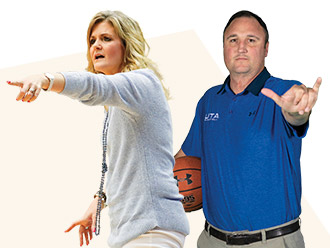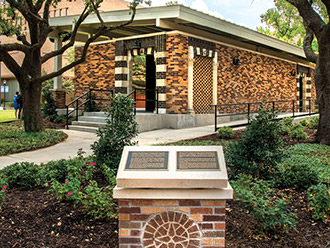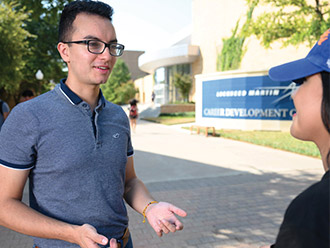Since their formation, the National Academies of Science, Medicine, and Engineering have been the foremost authorities on impactful research in the U.S., providing expert advice on some of the most pressing challenges facing the nation and world. Election as a member of the National Academies is a high honor given only to individuals credited with making significant contributions that advance their fields of work.
For a university, having members of the National Academies on faculty is an indicator of a first-class, enriched, diverse educational and research environment. UTA had a longstanding goal to elevate the total number of National Academy faculty members to five, which would make the University eligible to be considered for the Texas Legislature’s National Research University Fund— also known as Texas Tier One.
This spring, the University reached that critical benchmark.

A Season of Growth
Longtime faculty member Dereje Agonafer was elected to the National Academy of Engineering in February, bringing UTA’s number of National Academy faculty numbers to three. He joined Kenneth Reifsnider, another National Academy of Engineering member; and David Nygren, a member of the National Academy of Sciences.
In March, UTA recruited two top scientists to its faculty: Florence Haseltine, a member of the National Academy of Medicine, and Surendra Shah, a member of the National Academy of Engineering. The pair’s arrival cemented UTA’s status as a destination campus for renowned researchers.
For good measure, UTA announced in July that National Academy of Engineering member Jim Coleman would be joining the faculty. In the span of just five months, UTA grew its National Academies faculty from two to six.
UTA’s National Academies faculty members contribute tremendously to the University’s research and learning environment with their vision for discovery and passion for sharing knowledge that strengthens society.
While their work is packed with scientific minutia, each National Academy faculty member manages to focus on what really matters to them: the impact their work can have.








